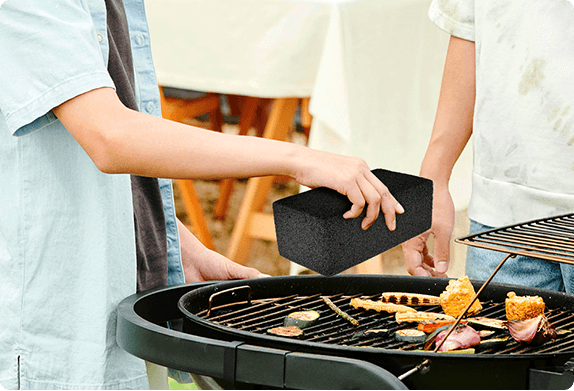Why It’s Important to Clean Your Pumice Stone
Maintaining the cleanliness of your pumice stone is essential for various reasons, many of which pertain directly to hygiene and health. Over time, residue from skin cells, water, and other materials can accumulate on the stone’s surface. This build-up can create an ideal environment for bacteria and fungi to thrive, posing a risk to your skin’s health.
Using an unclean pumice stone can introduce these unwanted microorganisms onto your skin. This can lead to infections and irritations, especially if you have any cuts or abrasions. Therefore, ensuring your pumice stone is clean not only promotes better skin care but also prevents potential health complications.
A dirty pumice stone’s effectiveness is also significantly reduced. The build-up of residues can clog the stone’s porous surface, impairing its ability to exfoliate effectively. A clean pumice stone will perform its intended function more efficiently, removing dead skin cells and making your skin smoother and healthier.
Moreover, regular cleaning of your pumice stone extends its lifespan. Neglecting to clean it can lead to accelerated wear and tear, requiring you to replace it more frequently. Consistent maintenance ensures that the pumice stone remains in optimal condition for a longer period, providing you with the benefits of its intended use.
In light of these factors, it’s evident that maintaining a clean pumice stone is not an optional task but a crucial aspect of personal hygiene and effective skincare. Through regular cleaning, you not only safeguard your skin against infections and irritations but also ensure the longevity and efficiency of your pumice stone.
Step-by-Step Guide to Cleaning Your Pumice Stone
Cleaning your pumice stone regularly will ensure its longevity and maintain its effectiveness. Follow these simple steps to keep it in top condition:
Materials Needed:
- Brush (a toothbrush works well)
- Mild soap
- Warm water
- Container for soaking
- White vinegar or bleach (optional for deeper cleaning)
- Clean towel
Initial Steps
Start by rinsing the pumice stone under warm water. This will help remove any loose debris and prime the stone for a more thorough clean. Make sure the water is not too hot, as extremely high temperatures can affect the stone’s structure.
Scrubbing the Stone
Take a brush and apply a small amount of mild soap. Gently scrub the entire surface of the pumice stone, ensuring that you reach all crevices. The bristles of the brush will help dislodge any embedded particles, leaving the stone cleaner. Rinse the stone periodically under warm water to wash away loosened debris and soap.
Soaking and Disinfecting
For a more thorough cleaning, and to eliminate bacteria and odors, soak the stone in a disinfecting solution. You can prepare this by mixing one part white vinegar or bleach with four parts water. Immerse the pumice stone in this solution and let it soak for about 10-15 minutes. Vinegar is a natural disinfectant and excellent for removing bacteria, whereas bleach is a more potent option. However, exercise caution and ensure proper ventilation if you opt for bleach.
Rinsing and Drying
After soaking, rinse the pumice stone thoroughly under warm water to remove any residual disinfectant. Use a clean towel to pat the stone dry. It is crucial to allow the stone to air dry completely before storing it, as moisture can promote bacterial growth.
Storage and Maintenance Tips
Store your clean pumice stone in a dry, well-ventilated area to prevent moisture accumulation. For maintaining the stone’s effectiveness, regularly check for signs of wear and replace it when the surface becomes too smooth. Regular cleaning not only extends the pumice stone’s lifespan but also ensures it operates at peak performance.
By following these steps, you can keep your pumice stone in excellent condition, ready to deliver smooth, callous-free skin whenever needed.



